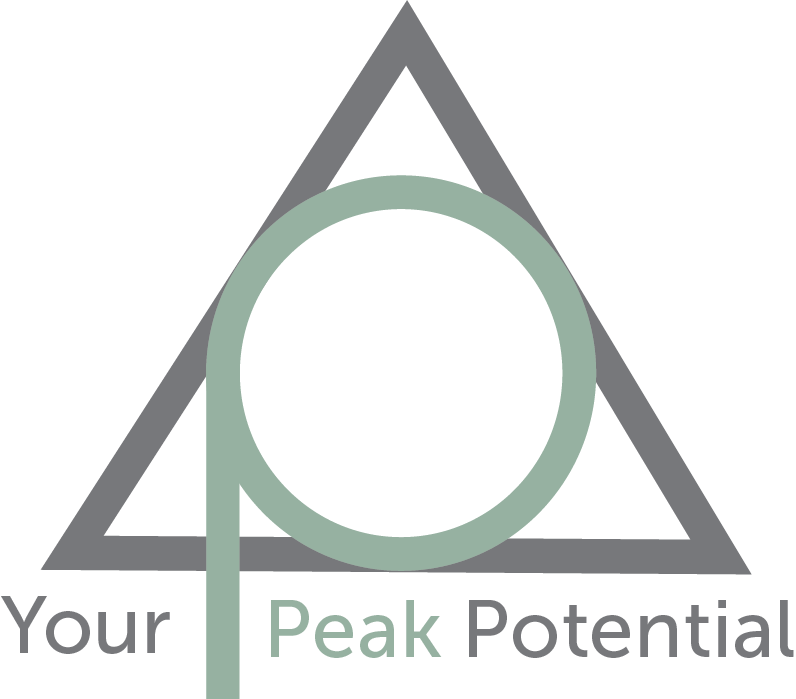The 1 thing you need to prevent painful injuries
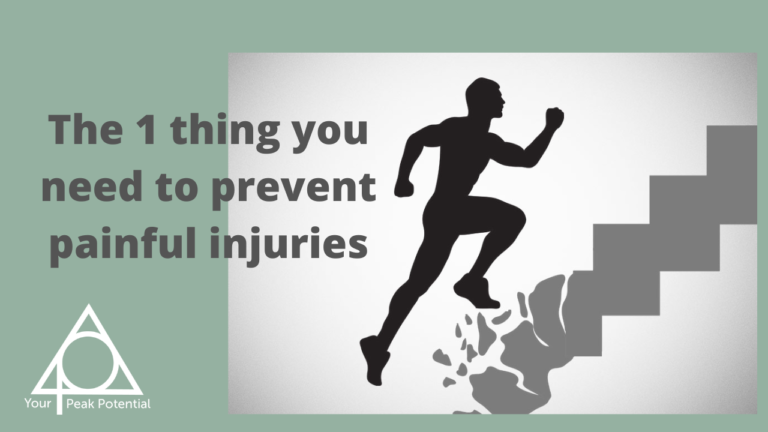
Are you nodding yes to 1 of more of these?
- Are niggles, aches, pains a regular feature in daily life?
- Are you currently unable to exercise due to pain or injury?
- Are you taping up a knee, ankle or shoulder so you can train or even just get through the working day?
- Are you having regular physio or massage just to feel comfortable in your body?
- Have you suffered more than one painful condition or injury – like anything ending “itis” or “opothy”?
If so, then a lack of stability is the number 1 reason for your pain.
Stability is the number 1 thing we all need in order to:
- Be free from aches and pains on a daily basis
- Resolve any injury for the long term, so the pain doesn’t come back
- Prevent injuries instead of leaving it to chance
And yet, frustratingly very few physical therapists or trainers talk in any great detail.
Yes, I know it doesn’t sound…. exciting, or sexy. But improving your stability is a massive game changer when it comes to getting out of pain and fixing injury for the long term.
72% of lower back injuries are followed by a neck or shoulder injury within 5 years.
The reverse in true for neck and shoulder injuries, within 5 years there is a 72% chance of a lower back injury. I experienced this exact problem. This pattern isn’t limited to your back it is mirrored across the whole body.
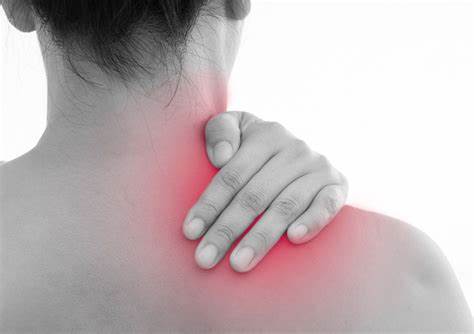
Stability is the only way to prevent this
I was fit, active and even teaching yoga but I had a chain of painful muscles and frustrating injuries. It felt like a constant battle. A bulging disc in my lower back was bad enough but it was followed by a trapped nerve in my neck with rotator cuff pain within 2 years. Both meant months being unable to do all the activities I loved.
It was miserable and I could not understand it.
Learning how to restore my full body stability was a massive gamechanger.
It fixed the neck injury. But more than that, my neck and shoulders that had been tight forever were comfortable and loose. It felt like a new body!
I was free from daily muscle aches and pains I had been accepting as “normal”.
The massive bonus was how it unlocked physical capabilities I did not know I had. It is my secret advantage. Instead of giving up running, I ran an ultra!
It’s given me back control over how my body feels every day. On occasion, if I get a tight muscle, I can deal with it then, so it doesn’t escalate into pain.
Stability can do all this for you too.
How is this different to traditional treatments?
Most of the time, when you get treatment, it focuses on hands on therapy at the site of the pain. But pain is only a symptom, it is not what is causing the problem. If your treatment stops at this point it is only pain relief – like taking a pain killer.
You may occasionally get 1 or 2 exercises that focus on the injured part to help strengthen it. This again is only a partial fix. The injured part not only needs to be re-conditioned it needs to be integrated back into the whole body. So it is able to work with other muscles to create systems. Any compensations that came about due to the injury need to be corrected.
Everything is connected – no bit of your body works in isolation. To fully rehab your body so pain doesn’t come back AND to prevent new issues cropping up you must take a full body approach and ensure stability is restored.
That way you will be resilient to withstand the pressures of everyday life and deal with added stress of training without unnecessary issues and injuries.

What is stability?
It’s a term that gets thrown around but what does it actually mean and why does it matter?

Stability is being able to carry out any physical task and manage the load or forces associated with that task, efficiently and safely.
By having necessary strength, flexibility, joint mobility and muscle control to be able to maintain correct, healthy alignment of all your joints (when standing still and moving) you can transmit any forces out of the body. Using muscles that are designed for dealing with that load.
Maintaining good alignment will feel effortless and natural.
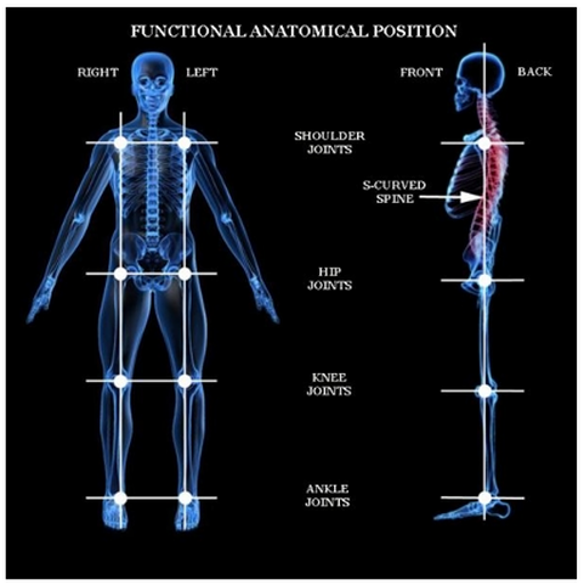
Why have I lost my stabilityI
You developed this as a child but its highly likely you have lost this ability due to extended periods of inactivity (we all have them), doing the same movements over and over again, previous injuries, poor exercise technique, stress, unatural footwear….
You can get it back with deliberate practice, the right exercise selection and technique and movement skills.
Test yourself
Arrange yourself with the best standing posture you can like on the video.
- How easy is that to maintain?
- Does it feel natural?
With good stability, standing this way would feel effortless and natural. You would maintain this alignment as you moved effortlessly.
And that would minimise wear and tear.
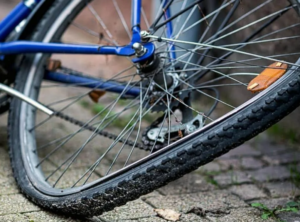
Ever ridden a bike with bent wheel, crooked spokes and stiff chain?
You probably wouldn’t dream of it! But that is what you are doing with your body.
Good stability is like riding a well-maintained bike, with straight wheels, aligned spokes, smooth chain.
Moving without good stability would be like riding a bike with slight buckles in the wheels the chain with kinks in. It still moves, but it far from comfortable and is not efficient. Its harder work than is necessary and it won’t be long before it breaks down and stops.
It is the same in your body.
Stability is not the same as strength
If you are thinking “I do strength work, I am strong so must be stable”. Not necessarily. Strength and stability are not the same.
- Do you have any muscles that are tight everyday?
- When you do a lunge is your torso leaning one way and your leg wobbling around?
- If you balance on one leg are you wobbling around or putting your foot down before 30 seconds is up?
- Do you feel uncomfortable standing still for a while?
If you answered yes to any of these this is a lack of stability.
Being able to run a marathon or squat your body weight is one thing. But stability should be the foundation that you build your strength and speed on, so that you can perform safely.
Is your exercise making you more suseptable to injury?
Exercising or training without good stability and with common dysfunctions like rounded shoulders, flat back, knees that are out of line then there will be a price to pay. That price will be pain.
Loading the body with reps, sets or clocking up regular mileage without the stability you need to manage them is a major factor leading to your injuries.
Imagine a car with the tracking out
The car still moves forward, but it may pull to one side, the tyres wear more in certain areas and that is what is happening in your body.

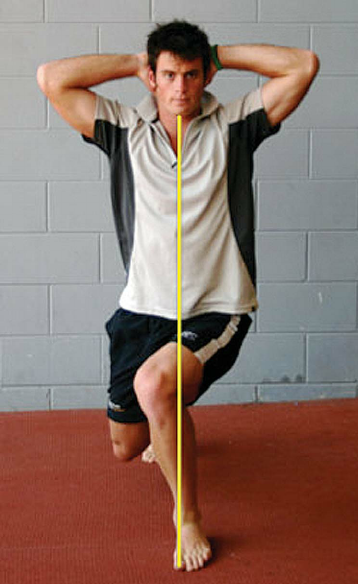
Why does stability cause wear and tear?
Everyday our body has to deal with forces and loads. The best way to do that is to direct them out of the body and we have many clever systems designed to do just that.

Let’s use walking as an example.
When you walk each foot landing is equal to your bodyweight in force. If you weigh say 60KG, then that is like dead-lifiting 60KG every time you place your foot down on the floor.
When the body is stable, the joints are well aligned, your body uses that force to propel you forward. Then, that force is directed through and out of the body by slings of muscles working together. If you are not stable, the sling systems are not working as they should. The force gets stuck in your ankles, hips knees or backs.
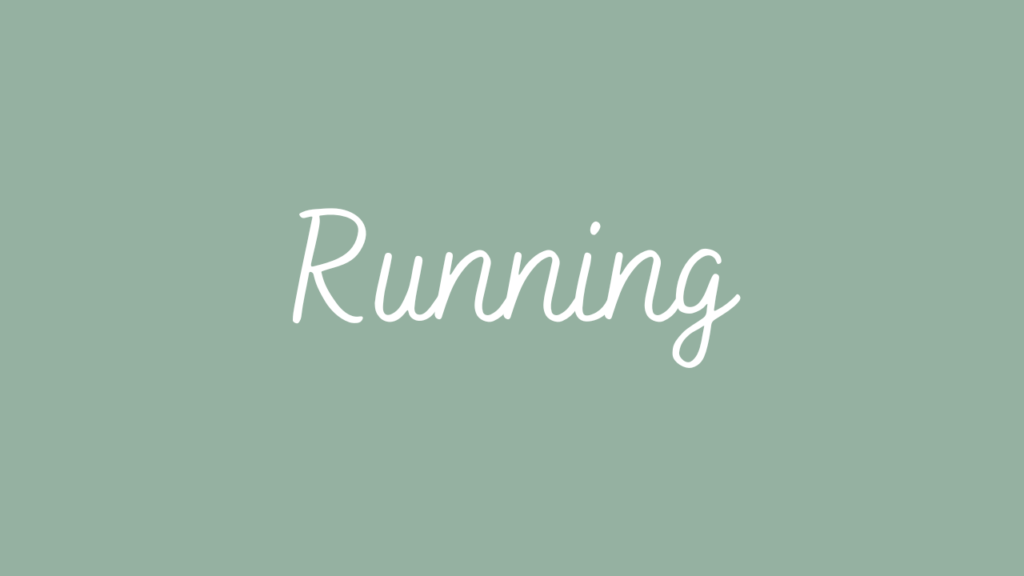
Running increases the force. It is at least 3 x your bodyweight as each foot lands on the floor.
Even at a low cadence, say 160 steps a minute, that is 4800 steps at 60KG in a 30 minute 5k.
Greater force, increased steps so much greater wear. force comes quicker and greater wear.
So stability means we can move and achieve physical tasks, efficiently so we can do more with less perceived effort. Without creating unnecessary wear, tear and damage to your body so you are preventing injury.
Is this ringing bells for you? Curious to see how stable you are? Our new mini MOT will test your stabiity and provide some key information as to why you are suffering any aches and pains.
For just £25 get a stability health check and find the root cause of your pain.

